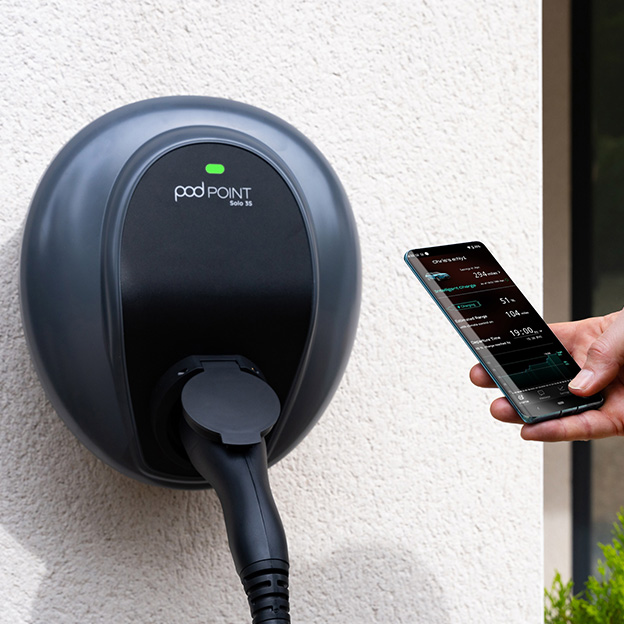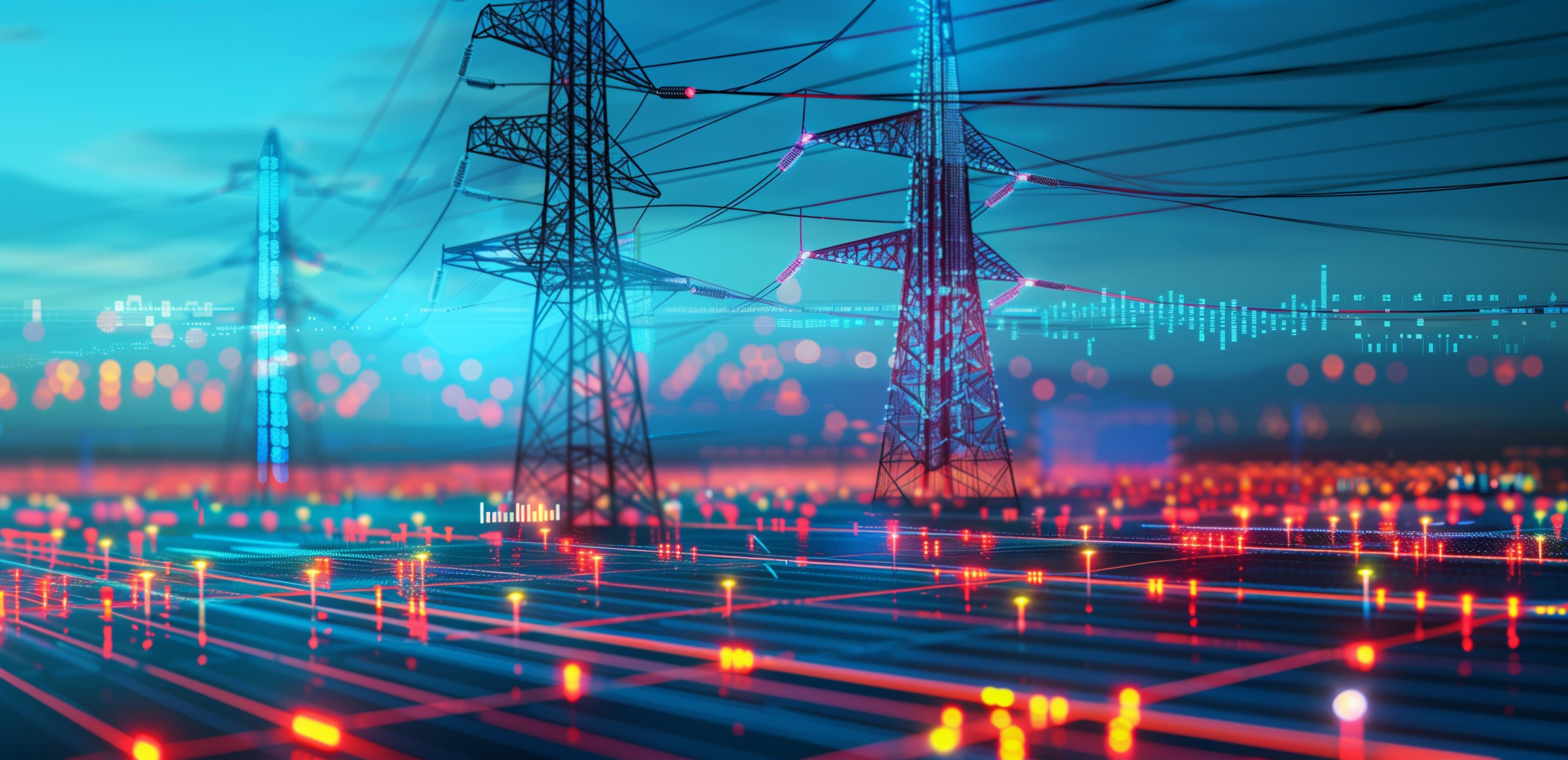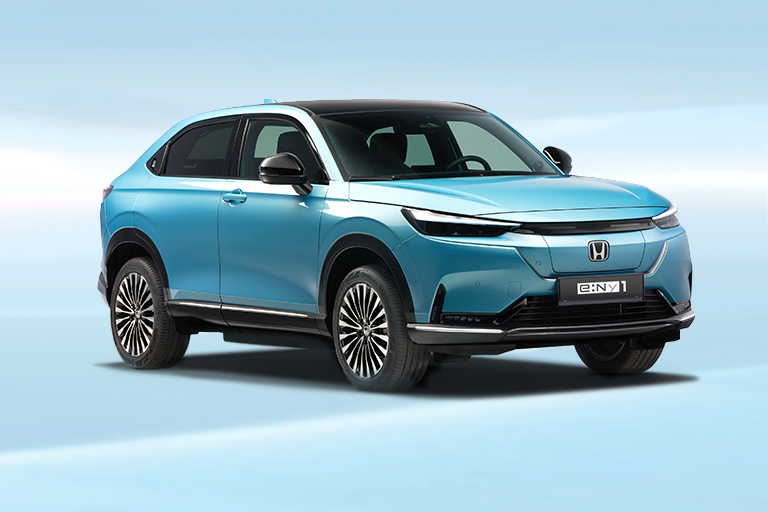As discussed in previous articles, with the energy landscape evolving, electricity users – businesses and households – are playing a bigger role in keeping the grid stable and sustainable. One of the ways to do this is through Demand Side Response (DSR) services.
What is Demand Side Response (DSR)?
Electricity demand varies throughout the day, often peaking in the mornings and evenings when people use more appliances. To meet this surge, power grids typically fire up extra power stations, many of which rely on fossil fuels. This is costly, inefficient, and increases carbon emissions.
Demand Side Response (DSR) offers a smarter solution by allowing consumers, such as businesses, factories, or even households, to adjust their electricity use in response to grid signals. This can involve:
- Reducing consumption during peak demand (e.g., turning off non-essential equipment).
- Shifting electricity use to off-peak hours (e.g., running industrial processes overnight).
- Using stored energy or onsite generation (e.g., drawing from batteries instead of the grid).
By doing this, energy users help balance supply and demand, reducing the need for extra power generation.
The Benefits of Demand Side Response for Participants
Taking part in DSR isn’t just good for the grid—it directly benefits businesses and households in multiple ways.
Lower Energy Costs
By shifting energy use to times when electricity is cheaper, participants can cut costs and avoid expensive peak-time tariffs.
Financial Incentives & Payments
Many DSR programs offer payments or bill discounts to businesses that agree to reduce power usage when needed. For example, in the UK, National Grid ESO runs a Demand Flexibility Service (DFS) that pays participants for reducing their electricity use at peak times.
Enhanced Energy Resilience
Businesses that integrate DSR with battery storage or backup generation can keep operations running smoothly even when grid conditions are tight.
Optimised Use of Renewable Energy
By shifting demand to align with renewable energy availability (e.g., using power when wind or solar output is high), DSR participants reduce reliance on fossil fuels and maximise green energy use.
How Demand Side Response Supports the Grid & Environment
- Reducing Pressure on the Grid
By cutting or shifting power use during peak times, DSR reduces the strain on electricity networks, helping to avoid blackouts and the need for costly grid upgrades.
- Lowering Carbon Emissions
When demand spikes, grids often turn to gas plants to fill the gap. DSR reduces reliance on these high-emission power sources, leading to a cleaner energy mix. A 2023 report by the International Energy Agency (IEA) found that demand-side flexibility could cut global power sector emissions by 15% by 2030 in areas with high renewable energy adoption.
- Enabling Resource Circulation & Energy Efficiency
DSR supports energy circularity, meaning electricity is used more efficiently, stored, and redistributed when needed.
Some examples of how this is done are:
- Industrial sites can adjust operations to use off-peak electricity and share excess energy with the grid.
- Households with solar and battery storage can store power when cheap and supply it back during peak demand.
- Smart appliances can automatically adjust to reduce consumption without disrupting daily routines.
- By participating, businesses and homes contribute to a more efficient, self-balancing energy system.

Who Can Participate in Demand Side Response?
- Large Energy Users (e.g., Factories, Data Centres, Supermarkets) – Businesses with high energy usage can partner with demand response aggregators to optimise power consumption and receive payments.
- Small & Medium Businesses – Shops, offices, and warehouses can also take part in DSR by adjusting HVAC, refrigeration, or lighting in response to grid needs.
- Households with Smart Energy Systems – Homeowners with smart meters, batteries, or EV chargers can join flexible electricity tariffs and shift usage automatically to benefit from cheaper rates.
- Renewable Energy & Battery Owners – If you have solar panels and battery storage, you can store excess power and sell it back to the grid when demand is high, increasing your returns.
How to Get Involved
It’s easier than ever to participate in DSR programs. Here’s how:
- Check with Your Energy Provider – Many utilities and grid operators offer flexible energy tariffs and demand response programs.
- Use Smart Technology – Devices like smart thermostats, EV chargers, and automated lighting systems can optimise energy use with minimal effort.
- Partner with a Demand Response Aggregator – Businesses can work with specialised energy service providers who manage DSR participation on their behalf.
- Join a Community Energy Program – Some areas offer local energy sharing, where users can trade excess power with others in their community.
Conclusion
Demand Side Response is a win-win solution:
- For participants, it means lower electricity bills, financial rewards, and smarter energy use.
- For the grid, it improves reliability and reduces demand at peak times.
- For the planet, it enables a cleaner, more efficient electricity system with fewer emissions.
As the transition to renewable energy accelerates, flexibility will be key. By embracing DSR, households and businesses can take control of their energy, support a greener future, and even profit in the process.



